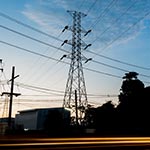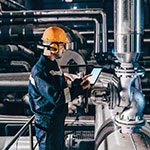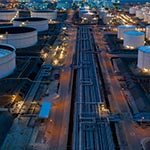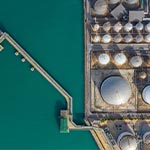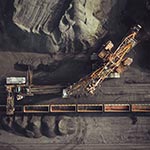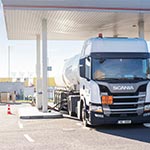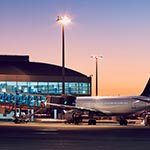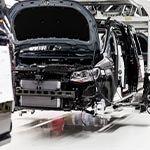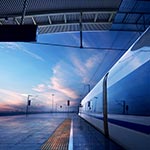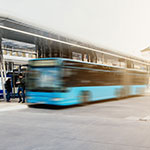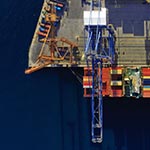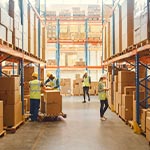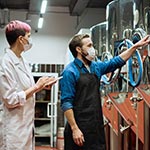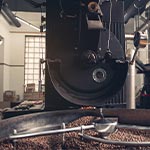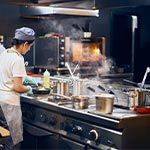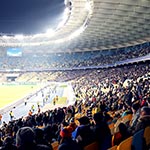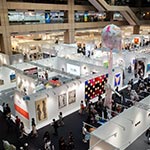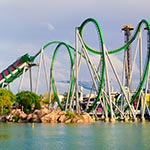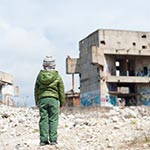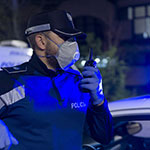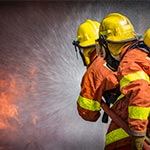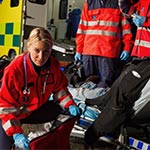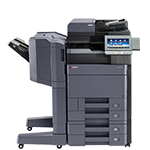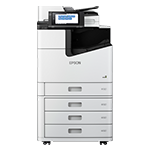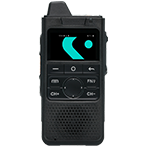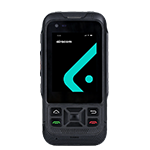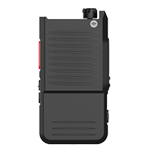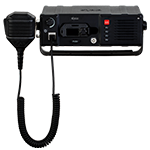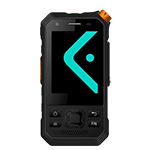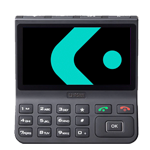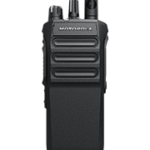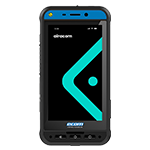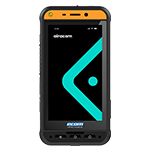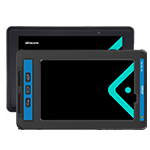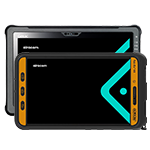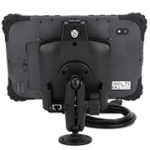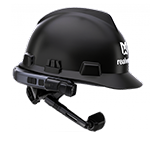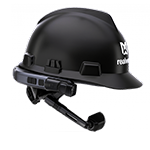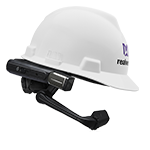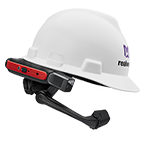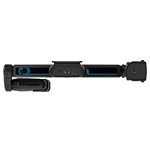JNIOSH Certified
IECEx equipment for potentially explosive atmospheres in Japan
The Japan National Institute of Occupational Safety and Health (JNIOSH) is responsible for occupational safety and health in Japan.
JNIOSH does not provide certification for hazardous area devices but is involved in establishing guidelines and standards for the safety of workers in hazardous areas. In Japan, the Industrial Safety and Health Act (ISHA) provides the legal framework for occupational safety and health, including regulations on using equipment in hazardous areas. The Ministry of Health, Labour and Welfare (MHLW) is responsible for enforcing these regulations, and JNIOSH provides technical support and advice to the MHLW on matters related to occupational safety and health.
How does Japan enforce intrinsically safe equipment for hazardous areas?
Intrinsically safe equipment for hazardous areas must comply with the technical regulations and safety standards established by the Japanese government. The Industrial Safety and Health Act (ISHA) provides the legal framework for occupational safety and health, including regulations on the use of equipment in hazardous areas. The Ministry of Health, Labour and Welfare (MHLW) is responsible for enforcing these regulations.
The specific standards for intrinsically safe equipment in Japan may depend on the type of equipment and the specific hazardous area. The Ministry of Economy, Trade and Industry (METI) may establish technical regulations and safety standards for electrical equipment used in hazardous areas.
Manufacturers of intrinsically safe equipment must obtain certification from accredited certification bodies, such as the Japan Electrical Safety & Environment Technology Laboratories (JET), to demonstrate that their products meet the required technical regulations and safety standards. The JET certification process includes testing of the equipment to ensure that it meets the applicable standards and regulations, as well as factory inspections to verify that the manufacturing process is in compliance with the relevant requirements.
Can IECEx certification be used in Japan for intrinsically safe equipment?
Obtaining a third-party certification, such as the International Electrotechnical Commission’s (IEC) certification for hazardous areas (IECEx), can provide additional assurance to customers that the equipment meets international standards for safety and performance for use in hazardous areas. Equipment and protective systems intended for use in a potentially explosive atmosphere can cover a range of locations plus many more not listed below:
Understanding hazardous areas
IECEx classification for hazardous area equipment in Japan
A hazardous area can be defined as any location where there is a build-up of explosive gasses, vapours, mists, or dusts within the atmosphere. Under the right conditions, these atmospheres can be combustible, causing fire or explosion resulting in injury, and loss of life in addition to the catastrophic operational loss to a site or facility.
For companies in Japan wanting to adopt the global IECEx system, specifying what type of device for what hazardous area environment is based on zones
Gases
Category
Gas groups are divided into subgroups based on the minimum ignition current and maximum experimental safety gap.
Zone 0
Ex II 1G
Where an explosive atmosphere is continuously present or present for long periods.
Zone 1
Ex II 2G
Where an explosive atmosphere is likely to occur in normal operation.
Zone 2
Ex II 3G
an area in which an explosive mixture is not likely to occur in normal operation and if it occurs it will exist only for a short time.
Dusts
Category
Explosive dust atmospheres consist of a mixture of the air with flammable substances in the form of dust or fibres.
Zone 20
Ex II 1D
An area in which an explosive mixture is continuously present or present for long periods.
Zone 21
Ex II 2D
An area in which an explosive mixture is likely to occur in normal operation
Zone 22
Ex II 3D
An area in which an explosive mixture is not likely to occur in normal operation and if it occurs it will exist only for a short time.
Dust Groups
Types of Dust
Dusts are divided into sub groups with IIIC dust’s are the most dangerous, while IIIB dust’s are classed as more dangerous when there is an electrostatic charge.
IIIC
Conductive Dusts
Graphite Powder, Toner
IIIB
Non-Conductive Dusts
Milk Powder, Powdered Sugar, Flour
IIIA
Fibres
Saw Dust, Tabacco
Where do you find IECEx equipment being used?
IECEx certified devices are used in a wide range of industries and applications where there is a risk of explosion due to the presence of flammable substances in the air. These industries include oil and gas, chemicals, pharmaceuticals, food processing, mining, and many more. In these industries, IECEx certified devices are used to prevent ignition sources and manage the risk of explosions. This can include explosion-proof enclosures for electrical equipment, intrinsically safe mobile devices, gas and dust sensors, and fire suppression systems.
Industries using IECEx equipment?
In addition to the list below, many other industries may also require the use of IECEx certified equipment depending on the specific hazardous environment and applications within a facility.
Pulp and Paper
Waste and Recycling
Water and Wastewater Treatment
Textiles and Clothing
Global Certifications
Global certification schemes for electronic equipment designed for use across hazardous areas
Mobile devices and communications equipment reliably tested and certified for safe operation across major industries around the world. Each industry requires focused expertise to ensure product certification that adheres to strict national and international standards.
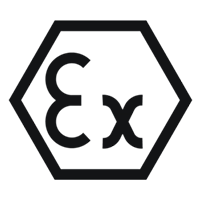
ATEX Certified.
The European standard for the safe use of equipment where there is potential for an explosive atmosphere present.

IECEx Certified.
The internationally accepted standard by organisations for the safe use of equipment within hazardous areas.
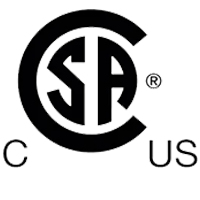
CSA Certified.
The Canadian standard is widely adopted by companies in North America and meets North American Standards.
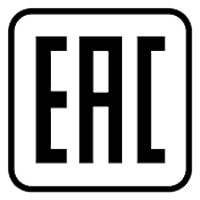
EAC Ex Certified.
Is the Eurasian Conformity certification for organisations operating within the EAEU, including Russia.

InMetro Certified.
Accreditation body of Brazil. Equipment must conform to INMETRO standards for use in hazardous areas.
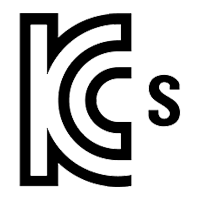
KCs Certified.
The Korean Occupational Safety and Health Agency. KOSHA. Required for all hazardous area safety equipment.
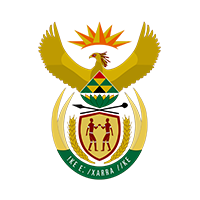
SANS Certified.
SANS is the South African National Accreditation System which governs the use of hazardous area devices.

